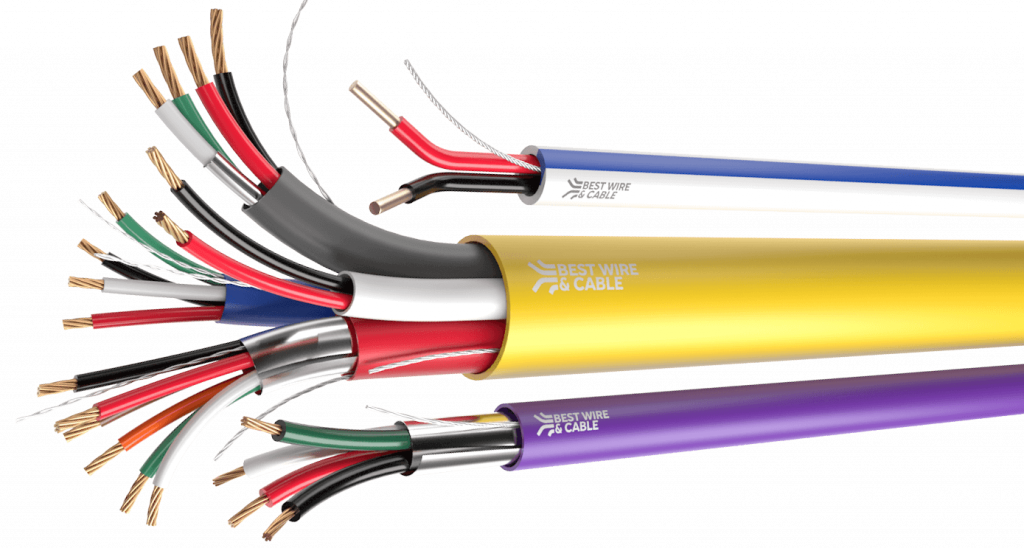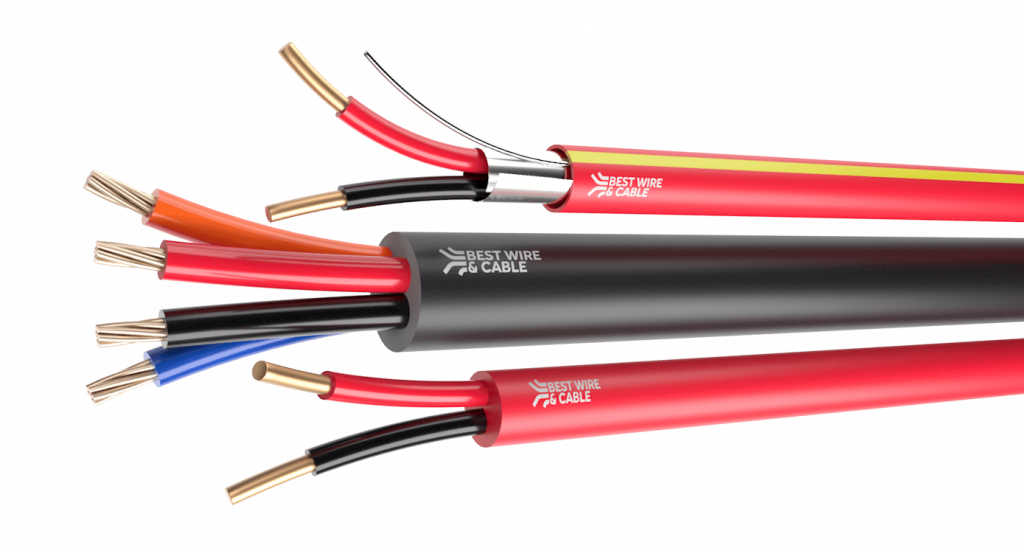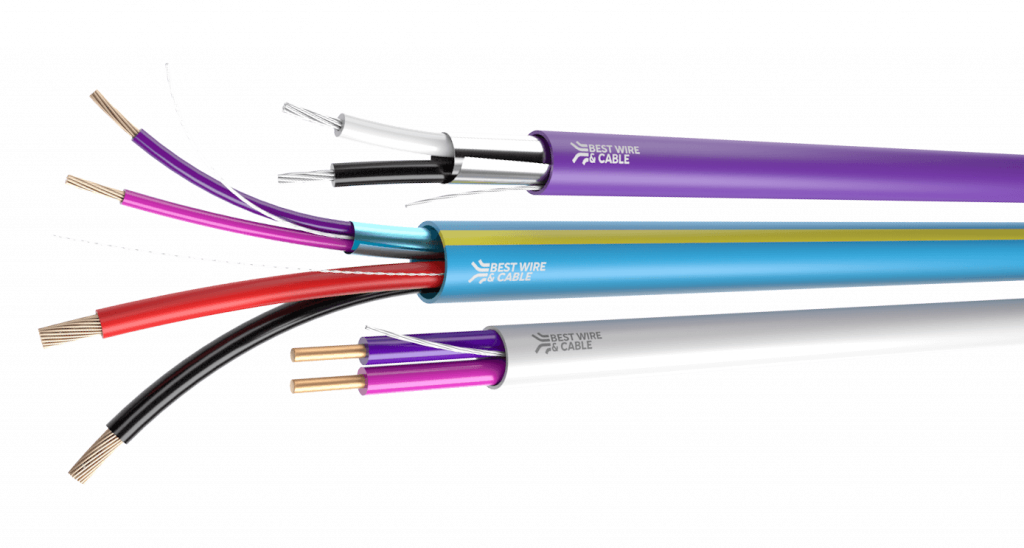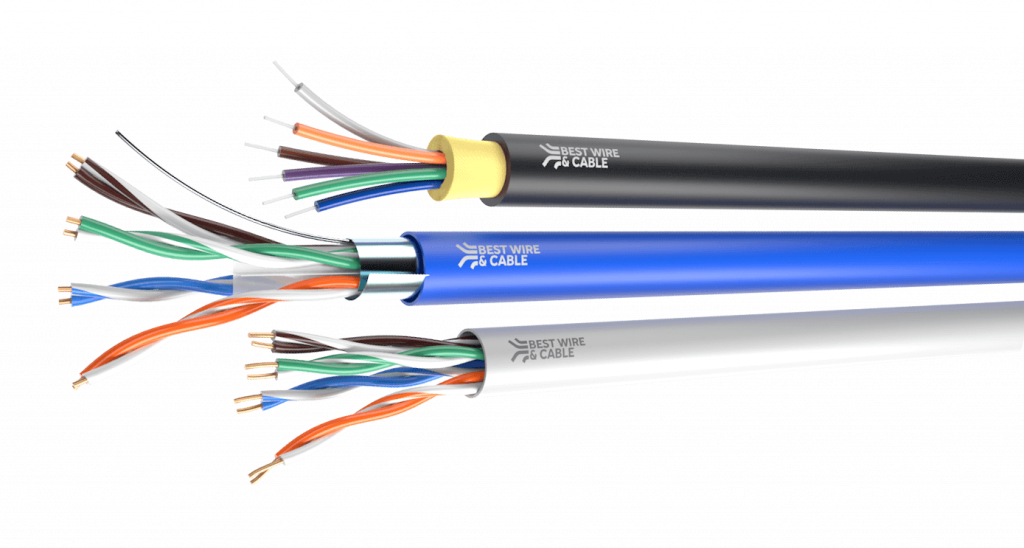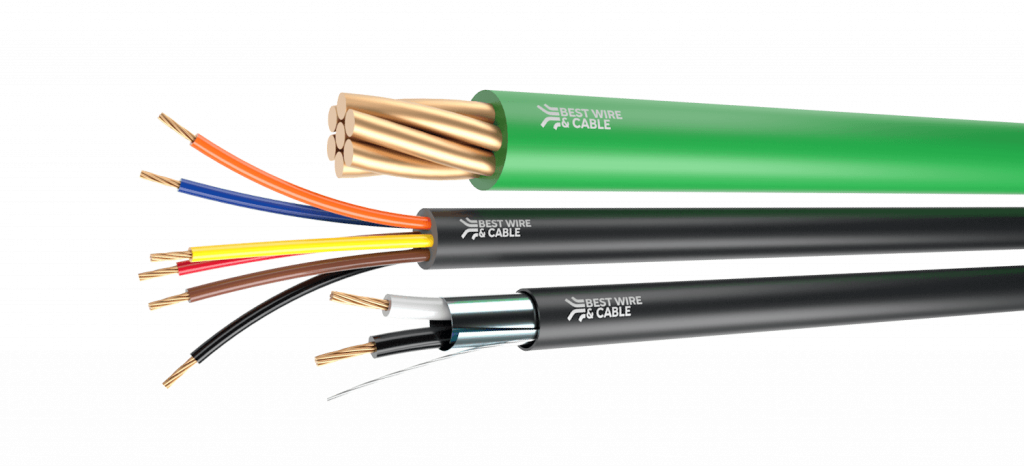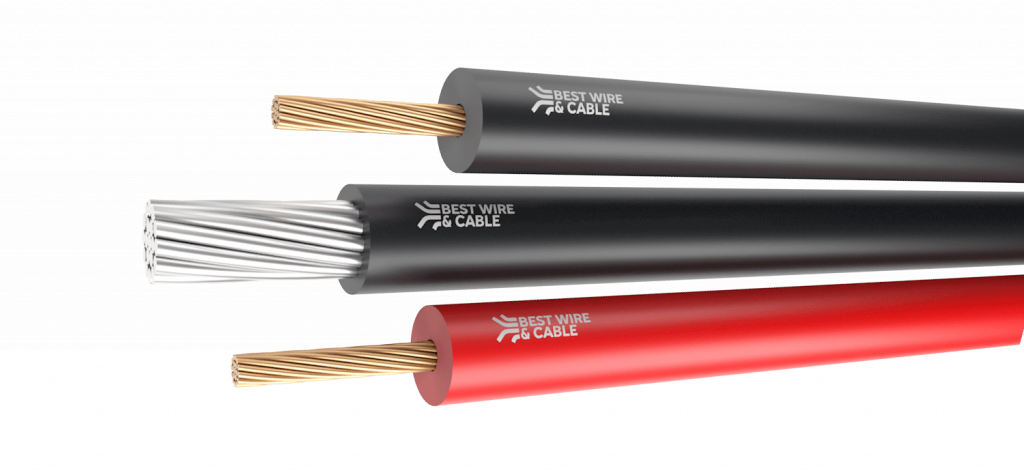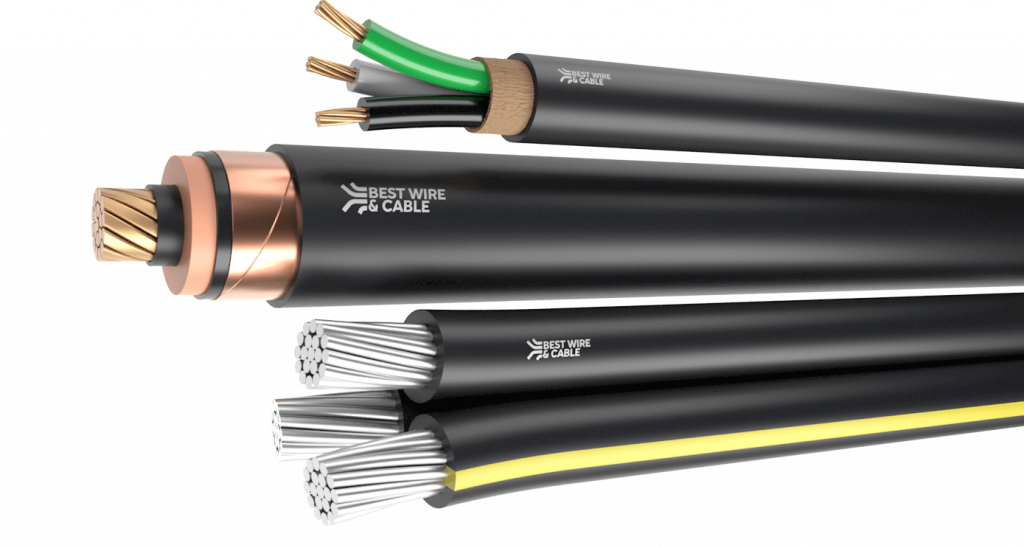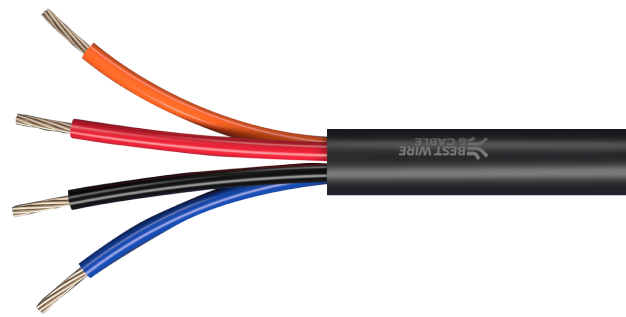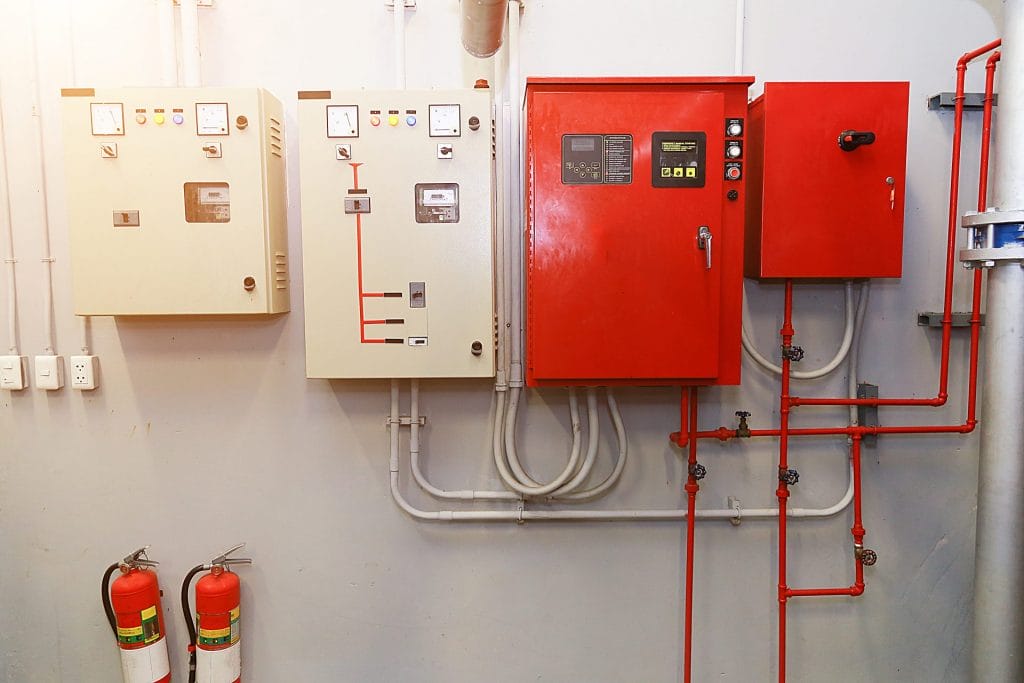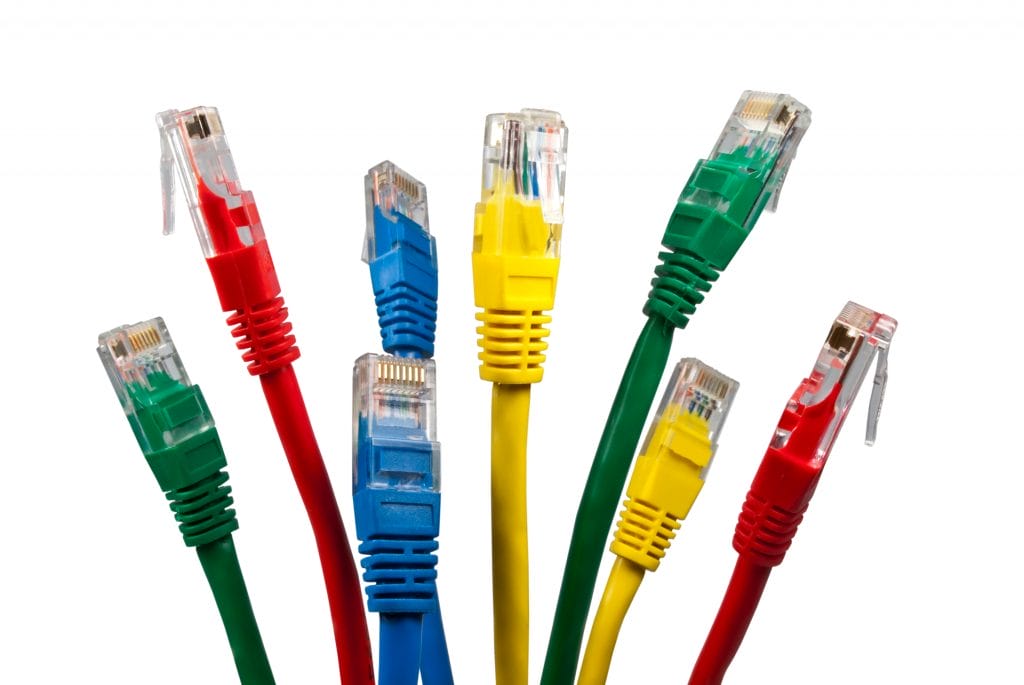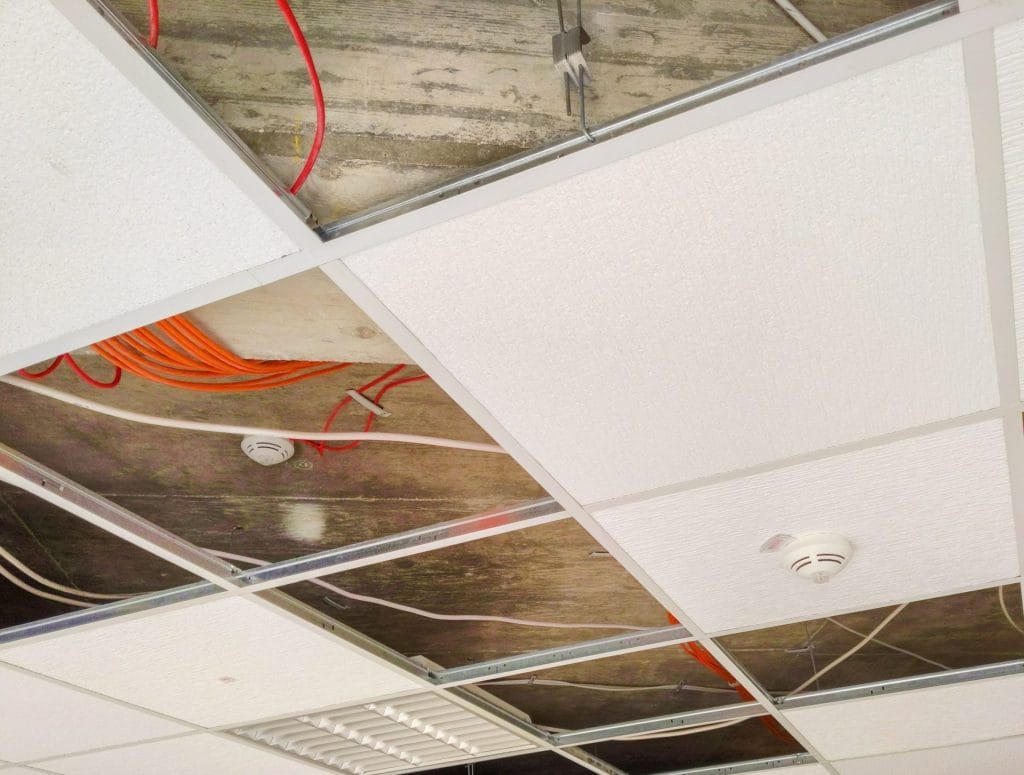Why OSDP is the Future of Access Control Communication
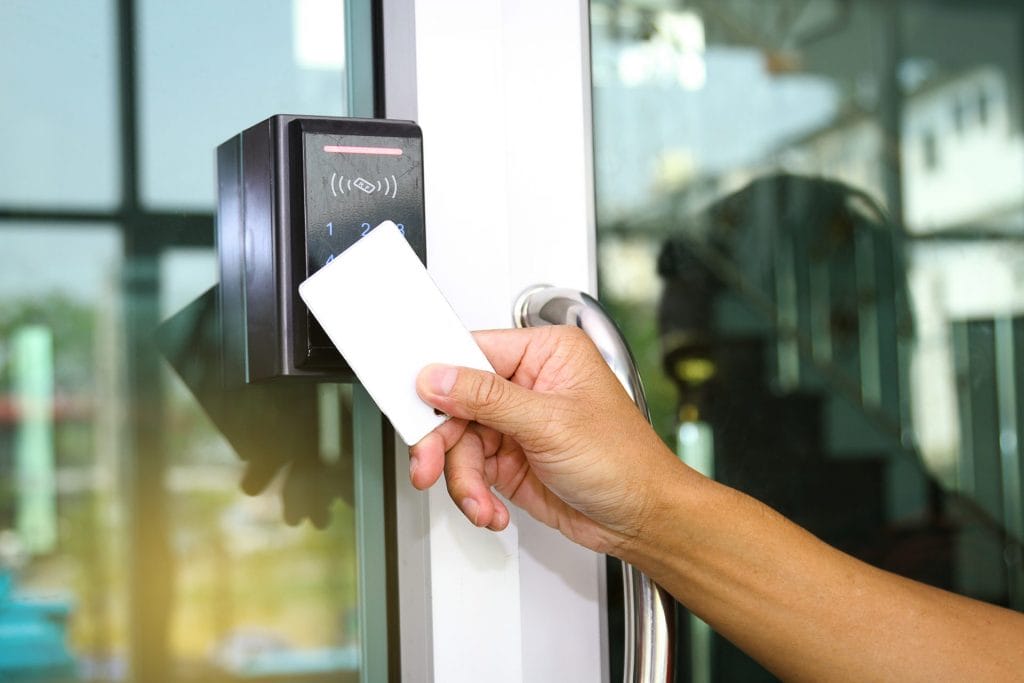
In an age where security and data integrity are paramount, organizations need access control systems that can keep up with evolving threats and operational demands. Open Supervised Device Protocol (OSDP), developed by the Security Industry Association (SIA), is quickly becoming the go-to standard for secure, scalable, and reliable access control systems. Replacing traditional protocols like Wiegand, OSDP offers enhanced encryption, bidirectional communication, and greater flexibility, making it a game-changer in the security world. Here’s a deep dive into why OSDP is gaining traction and how its unique cabling and protocol features make it the future of access control.
A New Era in Access Control: Why Move Beyond Wiegand?
For decades, Wiegand protocol was the industry standard for access control systems, and while it was groundbreaking at the time, it has significant limitations today:
- Limited Security: Wiegand lacks built-in encryption, making it vulnerable to signal interception and data manipulation.
- One-Way Communication: Wiegand only supports one-way communication from card readers to controllers, offering limited functionality.
- Short Cable Distances: Wiegand’s communication protocol is less reliable over longer cable distances, requiring additional infrastructure in large facilities.
By contrast, OSDP provides secure, two-way, encrypted communication, allowing controllers and devices to interact dynamically and detect tampering. This has spurred a shift toward OSDP, which offers benefits that are critical for modern security needs.
Key Advantages of OSDP Over Wiegand
1. Enhanced Security through Encryption
One of OSDP’s greatest strengths is its AES-128 encryption, which guards against unauthorized data interception and tampering. This encrypted communication is essential for access control systems that protect sensitive locations, such as data centers, financial institutions, and government facilities. Unlike Wiegand, which transmits unencrypted data, OSDP’s encryption ensures that data between readers and controllers remains private, providing an additional layer of defense against hacking attempts.
- Cable Support: To maintain encryption integrity, OSDP cables typically use shielded, twisted-pair designs, which protect against electromagnetic interference and signal degradation. This cable structure is especially valuable in environments with heavy electronic equipment that might otherwise interfere with data transmission.
2. Bidirectional Communication for Advanced System Intelligence
OSDP allows two-way communication between the control panel and access devices, enabling continuous monitoring, configuration updates, and even diagnostics without needing to physically interact with the device. This interactive capability not only improves system responsiveness but also allows real-time reporting on device status, helping administrators identify issues or tampering attempts quickly.
- Scalability and Flexibility: In larger or more complex environments, OSDP can support daisy-chaining devices along a single line. This reduces the need for multiple cable runs and eases scalability, as new devices can be added to the existing setup without major rewiring. Facilities that require centralized monitoring can use OSDP to create a unified access control network.
3. Longer Cable Runs and Reduced Infrastructure Costs
OSDP, built on the RS-485 standard, is ideal for long-distance communication and can reliably transmit data over distances up to 4,000 feet without signal degradation. In contrast, Wiegand is limited to about 500 feet, often requiring additional equipment for large buildings or campuses. With OSDP, the need for intermediary devices is significantly reduced, allowing for more straightforward installations and lower overall infrastructure costs.
- Practical Cable Types: RS-485 allows for twisted-pair cabling that maintains signal strength over long distances. Shielded twisted-pair cables, commonly used with OSDP, not only ensure data integrity but also support high-speed data rates, crucial for facilities with extensive access control networks.
4. Supervised Connections for Real-Time Monitoring and Tamper Detection
OSDP is a supervised protocol, meaning it continuously monitors the connection between controllers and devices for signs of interference or tampering. If a reader is disconnected or tampered with, the system immediately alerts security personnel, enhancing response time and maintaining the integrity of the system. This is a significant improvement over Wiegand, which lacks inherent tamper detection.
- Reliable Cable Configurations: OSDP relies on cables that support both power and data transmission, often over the same twisted-pair line. This means that even if one line experiences a fault, the system can continue operating with redundancy, further enhancing reliability.
5. Future-Ready for System Integrations and Expansions
OSDP is designed with forward compatibility in mind, meaning it can integrate with emerging technologies and additional security systems, such as biometric scanners, remote monitoring applications, and advanced alarm systems. Many manufacturers are now creating devices that support OSDP, and the open protocol allows for interoperability between different brands, making it easy to expand or upgrade systems as needed.
- Cable Considerations for Future Scalability: Future-proofing with OSDP-compatible cables allows facilities to scale up without major cabling overhauls. Using shielded, plenum-rated cables in compliance with NEC standards also ensures that installations remain flexible, safe, and ready for future modifications.
Why More Facilities are Adopting OSDP
The advantages of OSDP in terms of security, flexibility, and longevity make it an ideal choice for a wide range of industries, including healthcare, finance, government, and enterprise sectors. With OSDP’s ability to carry encrypted, real-time, two-way communication, organizations can create access control systems that are both highly secure and adaptable. The long-distance capabilities reduce installation costs and complexity in large facilities, while bidirectional data transfer and supervised connections ensure high levels of responsiveness.
Many organizations, faced with increasingly sophisticated security threats and the need for scalable solutions, are replacing or upgrading older Wiegand-based systems with OSDP. This transition is further supported by major access control manufacturers who are producing more OSDP-compatible devices, creating a new standard that is likely to define access control for years to come.
Resources for Further Reading
- Security Industry Association (SIA) on OSDP: Security Industry Association’s Overview of OSDP
- Access Control Systems Standards: NFPA 72 – National Fire Alarm and Signaling Code
- RS-485 Standard for Data Transmission: TIA/EIA-485 Overview
Conclusion
With enhanced security, supervised connections, longer cable runs, and the flexibility to grow with facility needs, OSDP sets a new standard for access control. As organizations focus more on data security and operational resilience, upgrading from legacy systems like Wiegand to OSDP becomes both smart and necessary. Whether you’re designing a new security setup or upgrading an existing one, OSDP’s advanced features make it a future-ready solution and the backbone of modern access control.
View BWC’s Access Control Products
